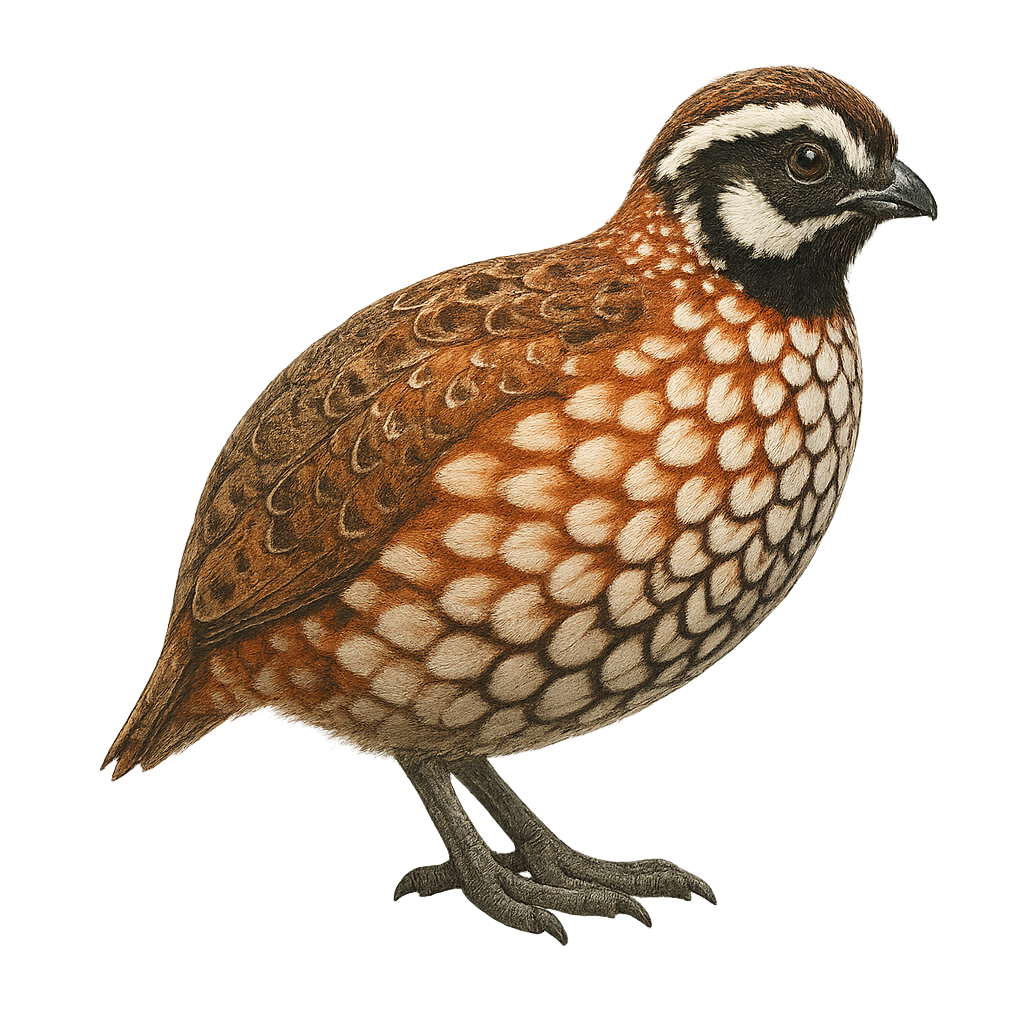Your wildlife photography guide.
Explore the black-throated bobwhite in detail, study its behavior, prepare your shots.
Where to observe and photograph the black-throated bobwhite in the wild
Learn where and when to spot the black-throated bobwhite in the wild, how to identify the species based on distinctive features, and what natural environments it inhabits. The WildlifePhotographer app offers tailored photography tips that reflect the black-throated bobwhite’s behavior, helping you capture better wildlife images. Explore the full species profile for key information including description, habitat, active periods, and approach techniques.
Black-throated Bobwhite
Scientific name: Colinus nigrogularis

IUCN Status: Least Concern
Family: ODONTOPHORIDAE
Group: Birds
Sensitivity to human approach: Suspicious
Minimum approach distance: 10 m
Courtship display: May to August
Incubation: 23-24 jours
Hatchings: May to September
Habitat:
Grasslands, savannas, open forests
Activity period :
Primarily active during the day, with peak activity in the morning and late afternoon.
Identification and description:
The Black-throated Bobwhite is a medium-sized bird belonging to the Odontophoridae family. It is primarily found in the Yucatán region of Mexico, as well as in Belize and Guatemala. This bird is distinguished by its characteristic black throat, contrasting with its brown and white plumage. Males and females exhibit sexual dimorphism, with males having a more pronounced black throat. They typically live in groups and prefer open habitats such as grasslands and savannas. Their diet mainly consists of seeds, insects, and small fruits. Although relatively discreet, they can be heard thanks to their distinctive call, especially during the breeding season.
Recommended lens:
400mm – adjust based on distance, desired framing (portrait or habitat), and approach conditions.
Photography tips:
To photograph the Black-throated Bobwhite, it is advisable to use a telephoto lens of at least 400mm to capture detailed images from a distance. These birds are often seen in open habitats, making them easier to spot. However, their suspicious nature requires maintaining a respectful distance to avoid scaring them away. Opt for early morning or late afternoon hours to benefit from soft lighting and avoid harsh shadows. Be patient and discreet to achieve natural and authentic shots.
The WildlifePhotographer App is coming soon!
Be the first to explore the best nature spots, track rutting seasons, log your observations, and observe more wildlife.
Already 1 431 wildlife lovers subscribed worldwide

